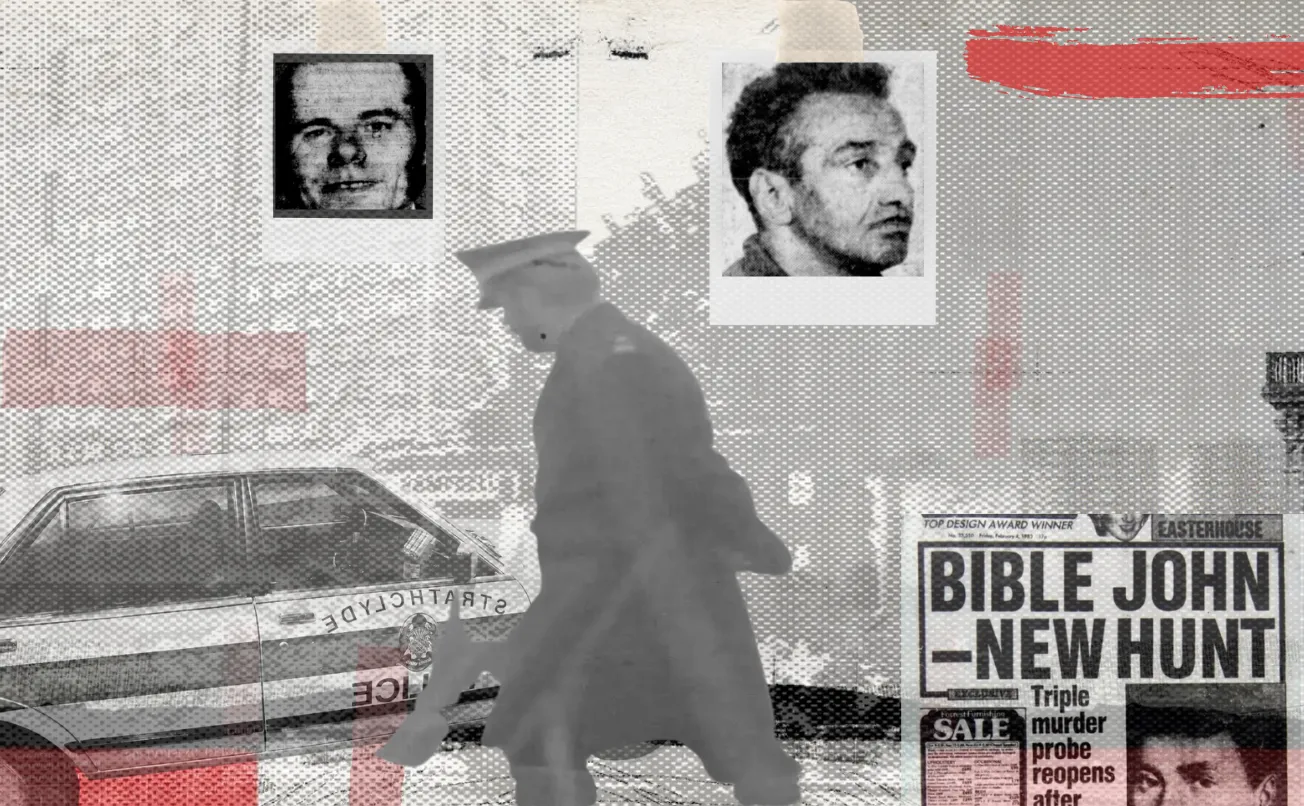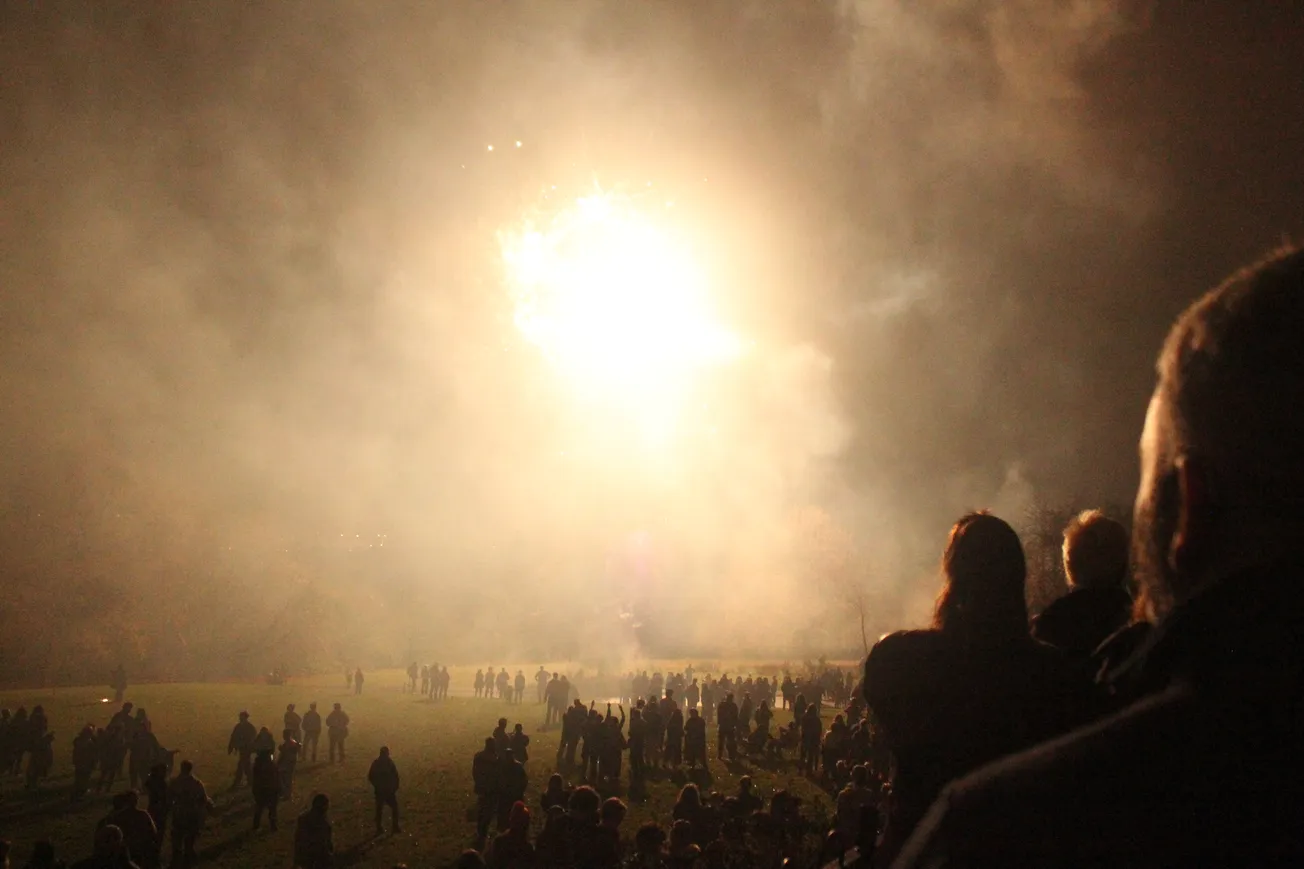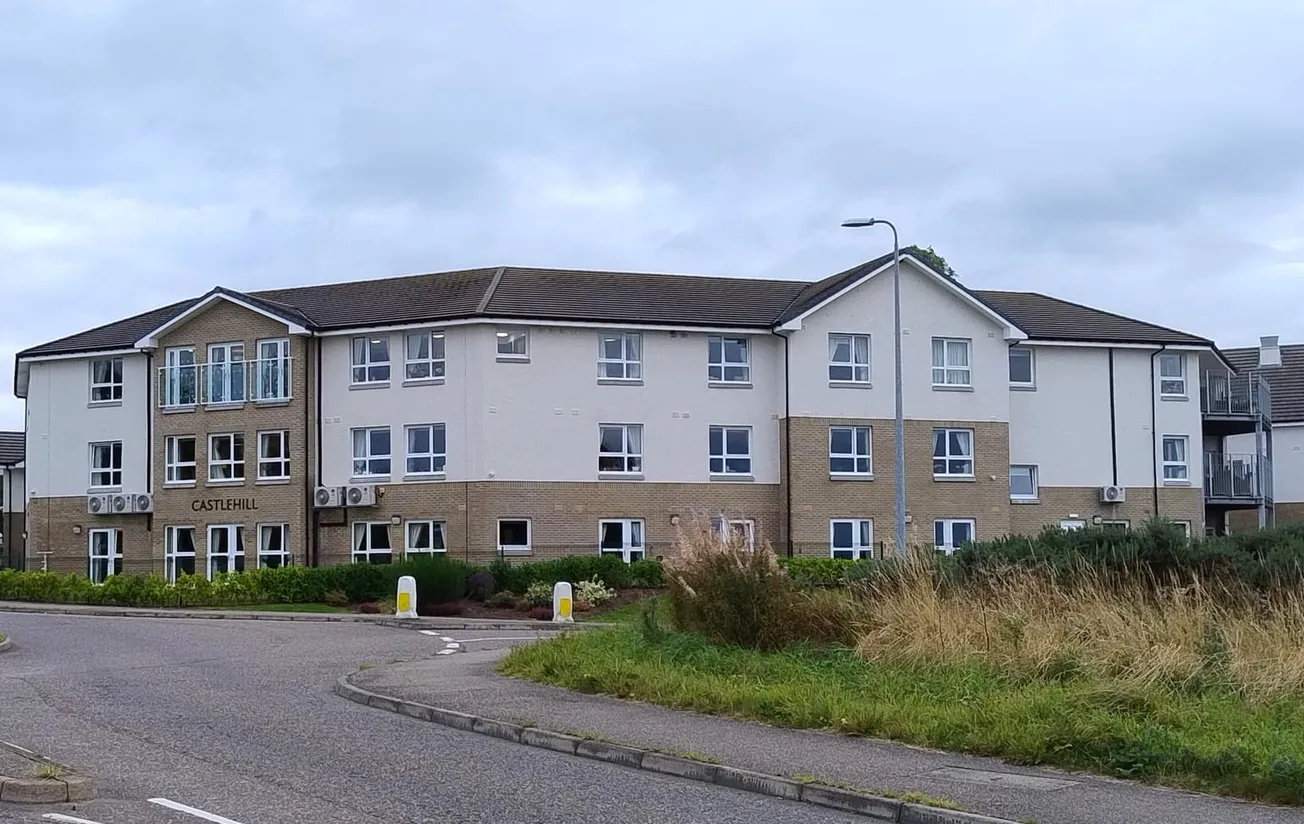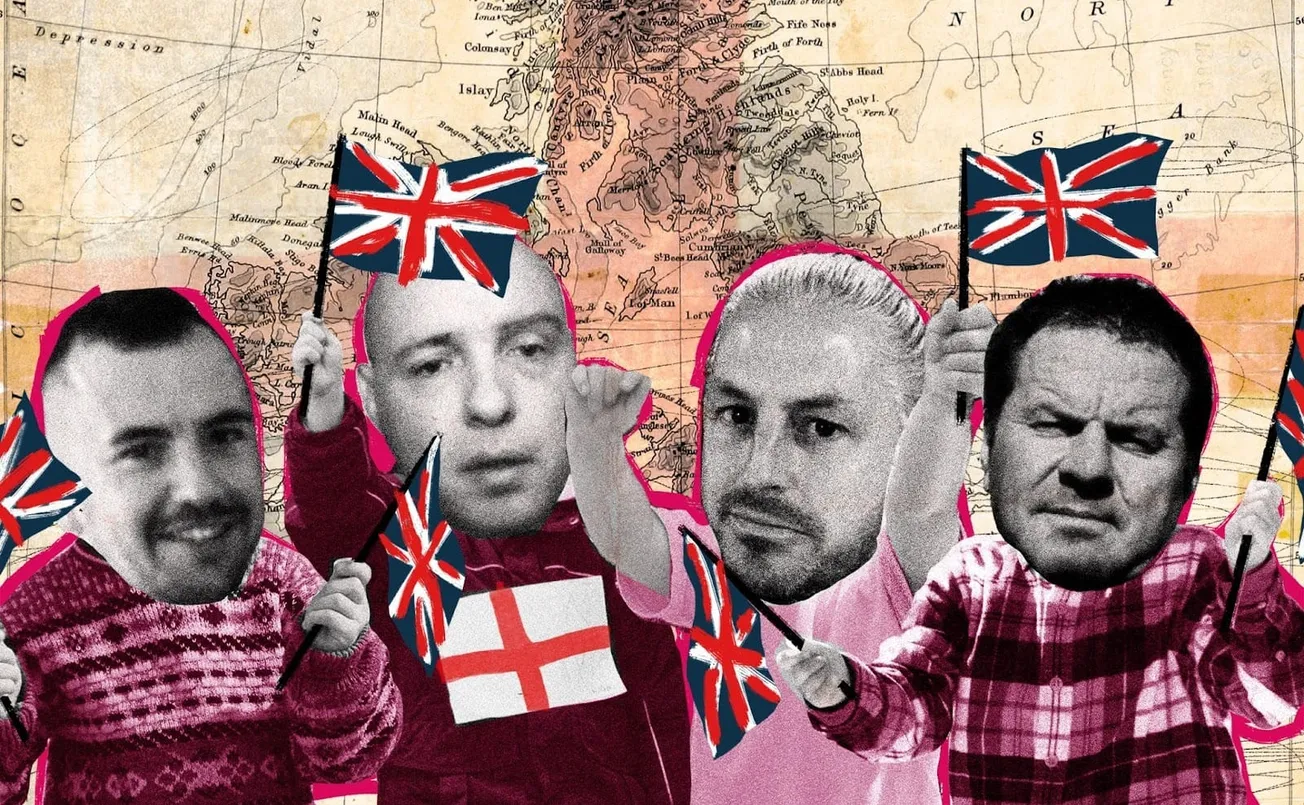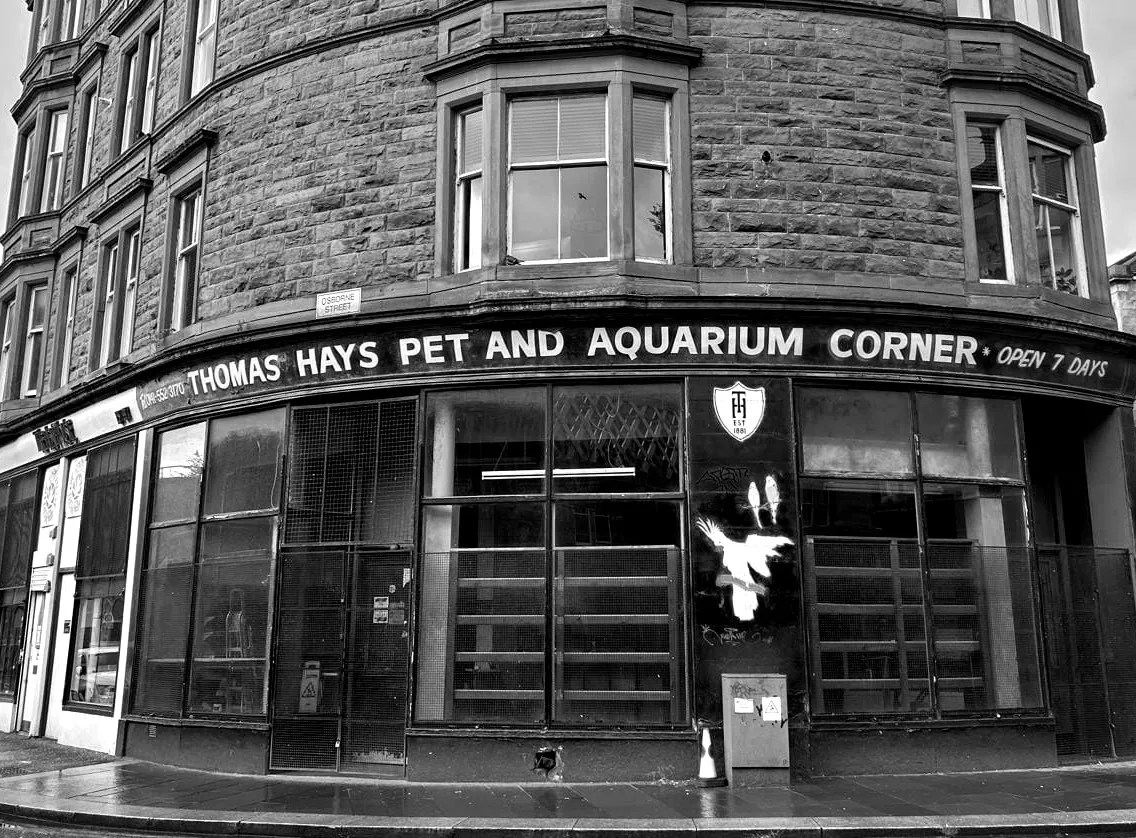It had been the type of Friday he enjoyed. He’d been in and out of a few of his usual haunts: The Five Ways, The Corfu, The Buchanan Bar. He spoke to a few regulars but kept mostly to himself. People noticed him still; with his olive complexion, tightly curled salt and pepper hair and neat pencil moustache, 58-year-old Donald Miller cut a distinctive figure. And those who knew him in the cluster of pubs around the top end of Buchanan Street agreed: he could take a drink. Later an old schoolfriend encountered Miller making his way home: “(I) never thought anything could be wrong” recalled John Kennedy.
It would be the last Friday night out Miller would enjoy. For 10 days after 10th March 1978 his body lay face down in a pool of blood on the living room floor of his new flat in the Springburn area of the city.
Springburn in the late 1970s was going through a painful transition. The locomotive engineering which had caused the district’s rapid development was all but gone. Jobs were scarce, crime and social problems on the rise. On top of this, Glasgow City Council were subjecting the area to comprehensive redevelopment. Tenements were being torn down, and replaced by massive high rises, while the new Springburn Expressway bisected the area, severing Keppochill from the rest of Springburn.
Tucked behind the site of the former Springburn Public Halls, at the intersection of Springburn Road and Keppochill Road, there remains a corner block of red sandstone tenement flats. It was to one of these flats, 12 Crichton Street, that police were summoned in March 1978.
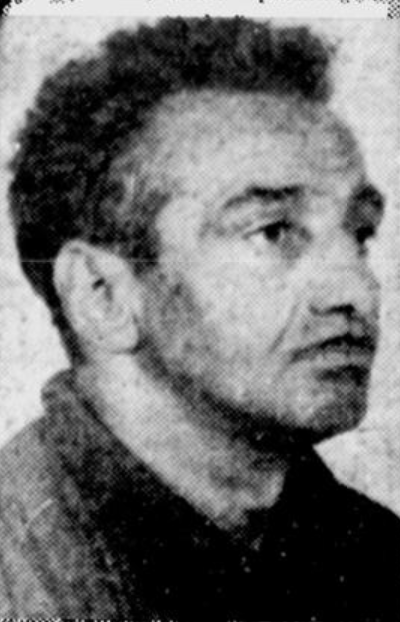
Donald Miller’s neighbours were concerned. The new tenant who had moved into one of the upper flats only weeks before, was already judged to be a bit of a loner. However they all concurred — no one had seen him in over a week. When officers from Strathclyde Police’s B Division broke into number 12, they found a grisly scene. Miller had died from multiple stab wounds, likely shortly after he was last seen.
Cases of this type were all too common in 1970s Glasgow: a drunken dispute turned physical, a fight gone too far, a body found in a flat beaten or stabbed with whatever came to hand. The perpetrators, usually as inebriated as their victims, fled hastily, leaving crucial evidence, or, when they finally sobered up, tearfully confessed to a spouse. None of this happened in Miller’s case.
Born to a 17-year-old single mother, Miller’s father was not recorded on his birth certificate. He had grown up in Garnethill and married young but he and wife Elizabeth — who had been just 16 when they wed — had been separated for many years by the time of his death. A welder by trade, he had been out of work for some time due to ill health.
Miller stood out as he was of mixed ethnicity in an area that was at the time overwhelmingly racially homogenous. His neighbours characterised him as solitary but noted strange late-night comings and goings. One neighbour mentioned that until recently a white man and much younger Black woman had been staying with Miller. Within a day of the discovery of Miller’s body, based on this information the lead officer investigating the murder, DS William Morrison, announced they were questioning “pimps and prostitutes.” The inference was apparent that Miller was not only a punter, but also likely a pimp. A senior officer would later admit that their initial theory was that he had been operating a brothel from his property.
A couple of weeks after Miller’s body was found, his case was back in the news. This time police had made what they were touting as an investigative breakthrough, based on an anonymous phone call: Miller was gay.
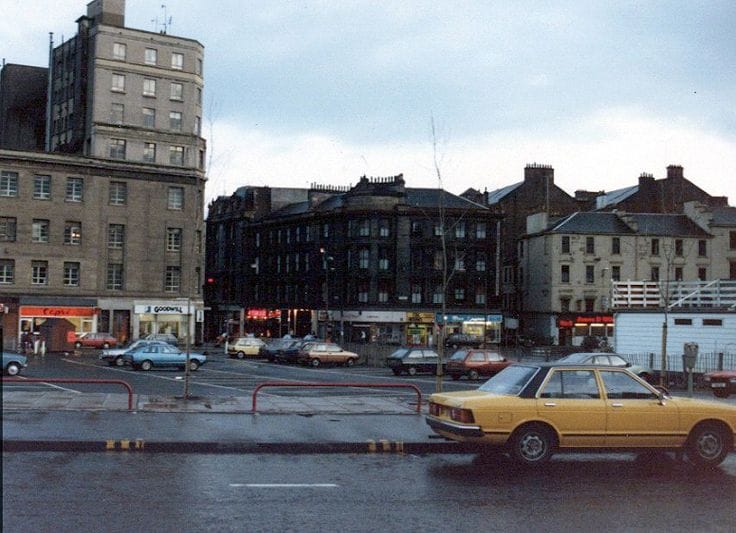
Strathclyde Police were now far outwith their comfort zone. Most of their interactions with Glasgow’s gay community involved arresting them: homosexual acts between consenting adults were still illegal in Scotland in 1978. Even before the public outing of Miller, this was a group that had every reason to be distrustful of the police, regardless of the assurances of confidentiality given in their public appeal.
A new theory around Miller’s murder emerged.
Comments
How to comment:
If you are already a member,
click here to sign in
and leave a comment.
If you aren't a member,
sign up here
to be able to leave a comment.
To add your photo, click here to create a profile on Gravatar.

